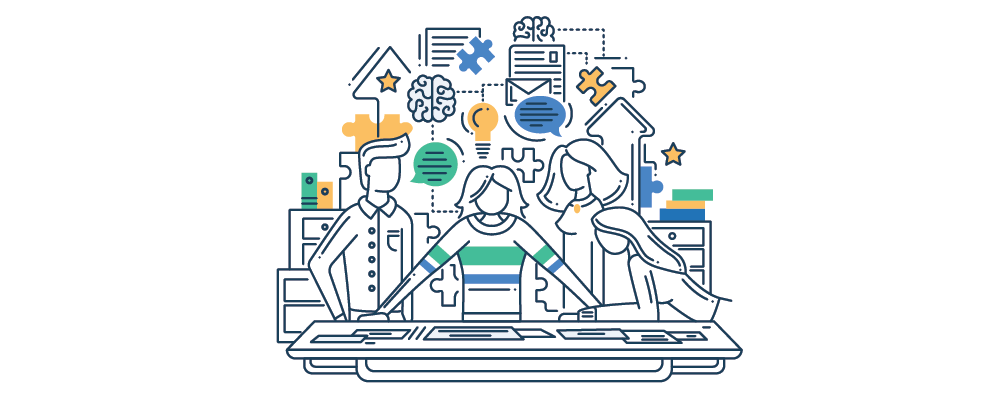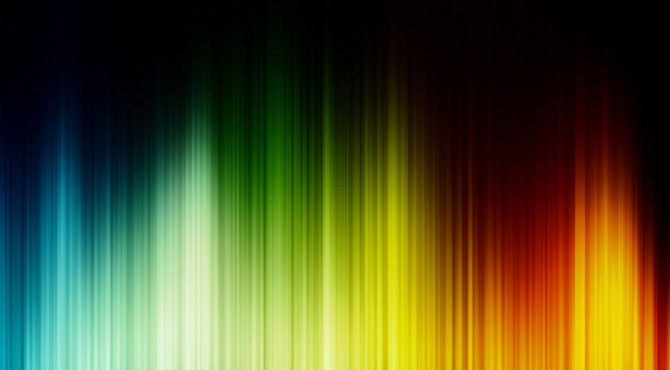
The project is called “Reinventing the Power from the Rapids”. This is a recreational project for renewing the webpage of Power of Rapids from Tampere history museum. (http://www.history.tampere.fi/main.htm) The website was setup by the end of last century. The information on the website was from 1990s. It did not have any updates during the past 20 years. The core idea of this project is to bring up the newest information and updated technology to refresh the website.
There are many features that needs to be updated on the website. When you have a glace of this website, you will notice the contents are out of dated. The web page is not supported very well by current web technology. The design of the website is hardly to be attracted, and the functionality of the website does not work well. In order to support the core idea of this project, a service journey map will be introduced to find out how the website should be updated from the end-user perspective.
A Service journey map visualizes the experience of a person over time. For example, an end-to-end customer journey map can visualize the overall experience a customer has with a service, a physical or digital product, or a brand. This might include recognizing a need, searching for a specific service, booking and paying for it, and using the service, as well as maybe complaining if something goes wrong, or using the service again.(Stickdorn, Marc, et al. 2018: p43) Even though service journey map is more often to use in the consumer-business sector, it can still help us to find gaps in online experiences and explore potential solutions.
When drawing the service journey, it is necessary to write down the stages of service journey. Stages represent the main phases of the main actor’s experience, such as, for example, the classic buyer decision process stages of “Problem/Need Recognition,” “Information Search,” “Evaluation of Alternatives,” “Purchase Decision,” and “Post-Purchase Behavior.” Stages help to structure a journey map and visualize its scale. Each stage normally contains several steps. .(Stickdorn, Marc, et al. 2018: p43) There are three stages from the user perspective for the project of Reinventing Power from the Rapids. There are UI design, content, and functionality. More detailed information will be listed under different stages. For example, under the stage of UI design, couple of elements can be identified from there, such as images, color of the website, and design, etc. The text information and the menu tab of the website will be under the stage of the content. The connectivity and useability will belong to functionality.
Once the service journey map is drawn, it can identify the negative features that needs to be improved. The next step will start to design the new feature of the website. Design process tool will be introduced at this stage. There are many design process tools in the service design field. But they ultimately share the same mindset and the same principles of service design. (Stickdorn, Marc, et al. 2018: p87) The most common design process was introduced by Design Council (2007). Frist to have deep research in the problem that is trying to be solved. Then synthesizing the information from the discovery phase into a problem definition. Once this is done, it is important to come up a solution to solve the problem. Finally, it is necessary to pick the best solution and start to build.
To summarized, a service journey map will be drawn to identity problems from “Power from the Rapids” website. Once the problem is known, design process tool will be used to solve the problem from different solutions. In the end, the best one will be picked up to reinventing “Power from the Rapids”.
References:
Stickdorn, Marc, et al. (2018). This Is Service Design Doing : Applying Service Design Thinking in the Real World, O’Reilly Media, Incorporated, ProQuest Ebook Central, http://ebookcentral.proquest.com/lib/tampere/detail.action?docID=5219777
Design Council (2007). “11 Lessons: Managing Design in 11 Global Brands,” UK Design Council.

